I posted earlier about using cheap Dollar Store materials to create math games. Which is all fine and dandy, but how can you really prepare your kids to play the math games in the first place? SO much classroom management must be in place for students to work independently and successfully before you ever break out the games.
So how can you prepare kids?
1.) Kids need to know what to do when something goes wrong. Because somethings ALWAYS goes wrong, right. I don’t know about you but Murphy and his pesky Laws LOVVVED my classroom! You can create an anchor chart of solutions to common, possible problems.
2.) Students need a clear understanding of who they will be playing with and if partners are being used. Does the teacher choose them? Are students able to select partners? Will they be working independently? What will happen if there is an odd number of students? Can they play in groups of three?
Some years, my students were able to find a partner within a specific group. I had a few games that were perfect for 3 players set out in case there was an odd number. Other years, centers were all independent :(. This was not my favorite at all.
3.) Where in the room will kids complete math games or centers? Can they work on the floor? Where? How close (or far) can it be from the small group table? How close can partners work to other groups?
My kids could play on the whole group rugs and on the tile- all were in view of the teacher’s table. They could not play anywhere near each other. Period. I found any amount of closeness was trouble. Too much temptation when you are only 7!!!! They pretty much worked in all corners of the room. Since only part of the class was working in centers and games, we had plenty of room to spread out. Kids working independently worked at their seat.
4.) So, how do you play the game again? Will instructions be provided? Will they play whole group before playing independently?
All my games had directions with the game. We also played the game whole group BEFORE ever playing independently. I also had directions for how to play math games all over the room! LOL! You can see the charts above and below!
5.) What about materials? What if there are lost or missing pieces? Do you have a central place for missing pieces? I
had a little, blue box for missing pieces. Sorry the picture is so blurry. It made finding pieces and cleaning up MUCH easier! I kept it with all our math centers (the numbered drawers).
So now we have a basic plan, so let’s get to the nitty gritty. These are the crazy little things you have to teach before kids can play the game (without driving you crazy).
6.) Do your kids play lots of card games with either number cards or actual decks of cards? Do they know how to shuffle cards without making a mess? I am not talking Las Vegas dealer shenanigans, just being able to mix the cards without them flying everywhere. For some butterfingers, the struggle is real….not that I would know about that!
I explicitly showed students how to mix a stack by taking small stacks and “cutting” them together. No fancy bridge or anything here!
7.) How do you roll dice? It sounds crazy until you have watched relatively young kids roll die. Suddenly dice are flying all over the room! One little shake and dice can scatter SEVERAL feet over the carpet, let alone tile.
I always taught my kids to cup their hands close with the dice inside. Then, students shook their closed hands (with the dice inside). Students then carefully opened their hands just a few inches off the ground. This prevents scattering.
8.) How do you use the spinner? Is it a homemade one with a pencil tip and paperclip?
I liked the jumbo paperclips because I felt like it was easier for small hands. They also make these awesome clear spinners (affiliate link) which are great because they can just lay over the spinner. No paperclip needed! We actually had some of these as part of a past math adoption at my school.
9.) How do the kids decide who goes first?
I don’t know about you, but turns were always a source of crabbiness. This may not be a solution for everyone, but my kids always played Paper, Rock, Scissors. By second grade, most kids know how to play it. We used it to solve all disputes in our classrooms! LOL!
10.) How do you clean up? It may seem obvious that the game should be put back the way it looked, but if the previous players didn’t clean up properly…..well, that won’t work either.
Make sure to have all small pieces contained in baggies. I liked to store them in gallon size baggies or even large clasp envelopes. Then, the large baggies went in the drawers.
I love math games and used tons of them in my classroom! Are you looking for some EASY and low prep math activities? These all use dice, playing cards, or a paperclip for a spinner- and that is it!
Looking for more guided math posts? Check these out?
Click here for this great pack of FREE math centers, plus get tips and updates from me!
Mandy Gregory is a 2007 and 2012 Teacher of the Year. She has taught Kindergarten- 4th grades in both the general education and inclusion settings. She is currently a 1st grade Special Education teacher. She is the owner and creator of Mandy’s Tips for Teachers website (www.mandystipsforteachers.com) and has over 13 years of teaching experience. She is married with two beautiful children.
















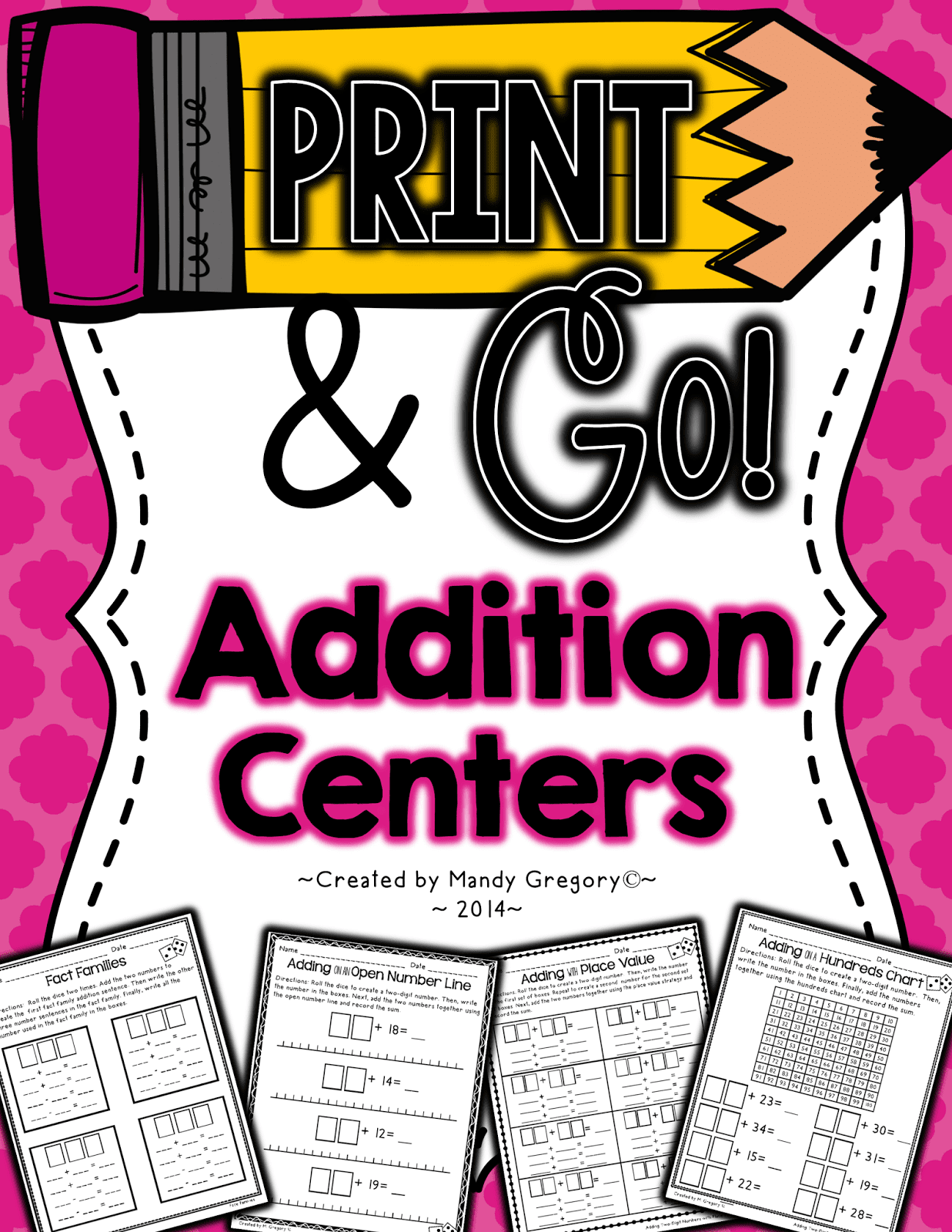

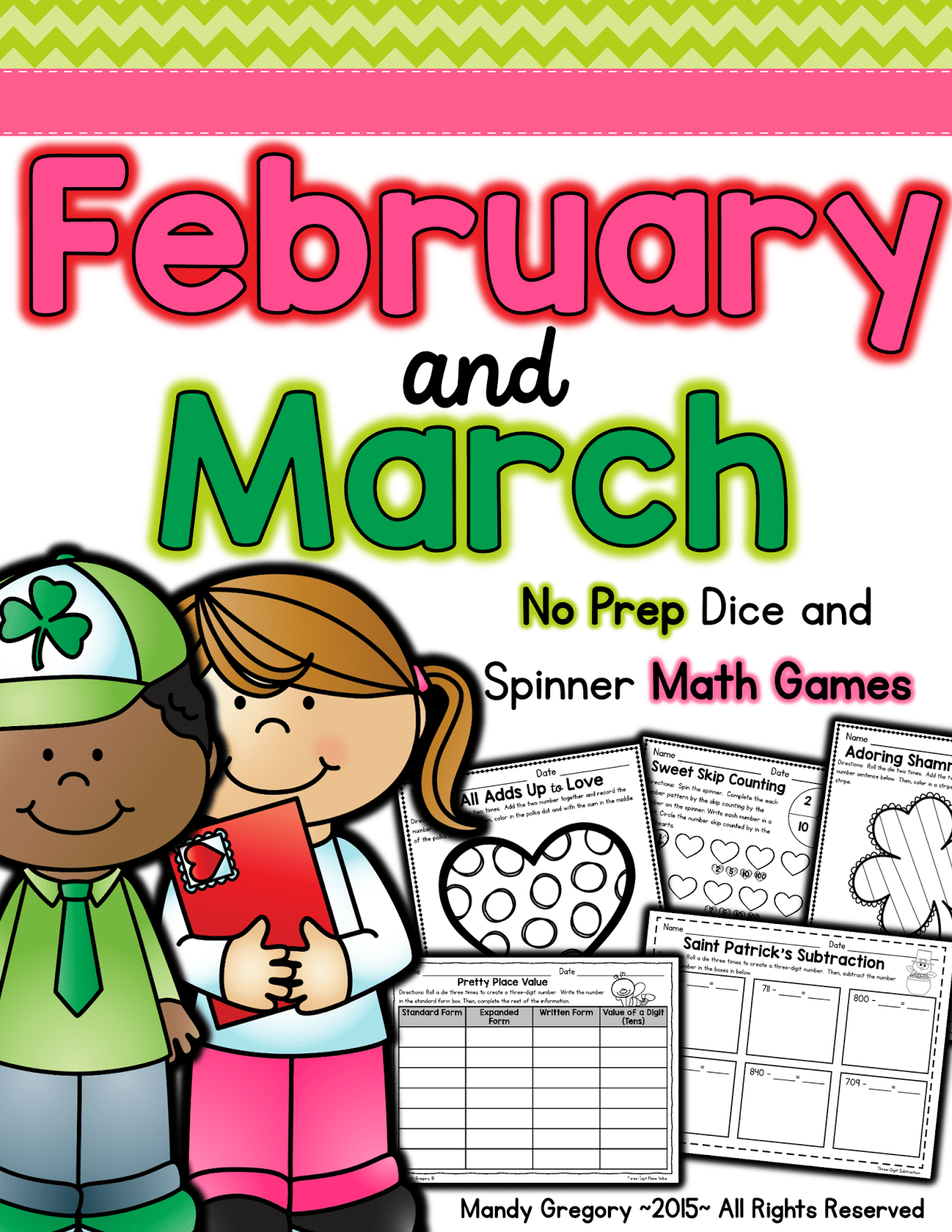
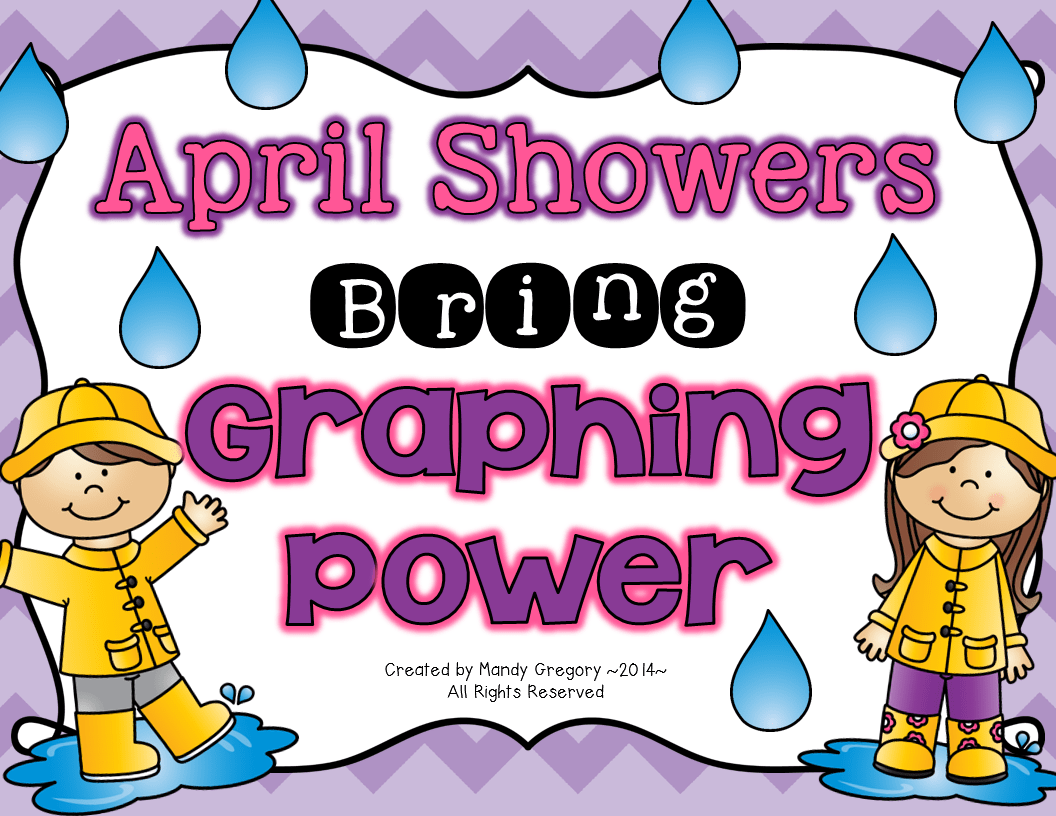
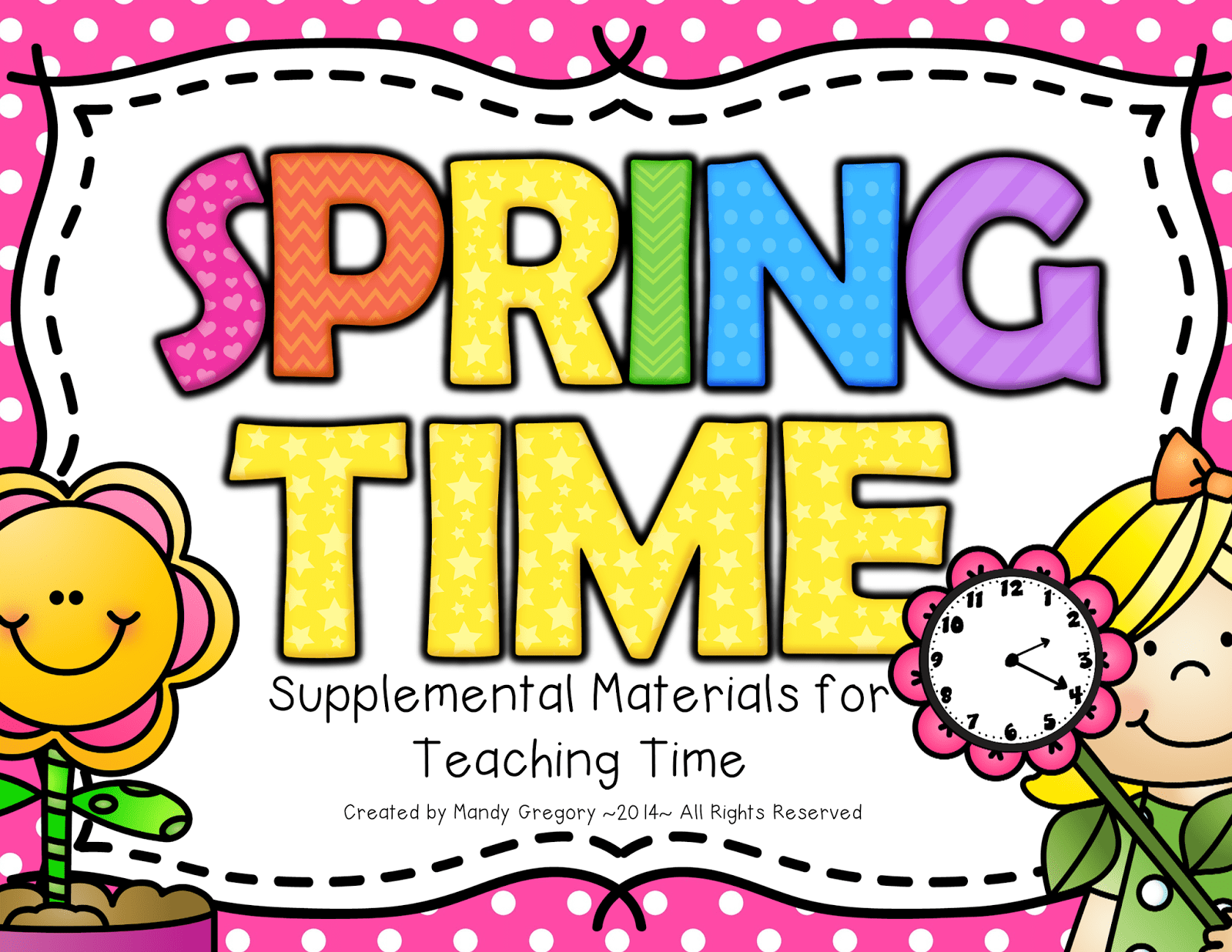


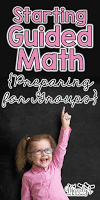




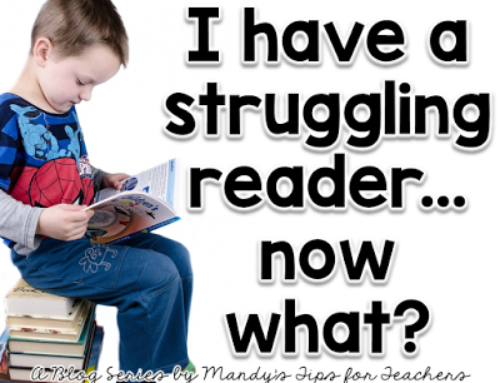
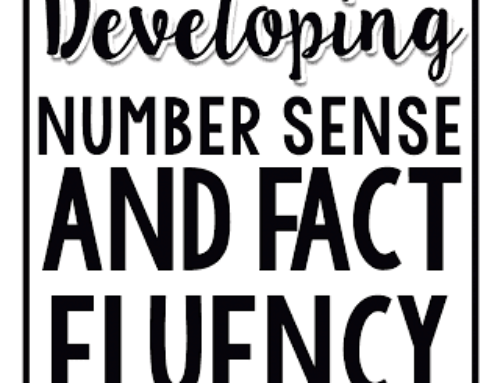

Thank you for all of these tips! So many times, I forget that my students don't know the rules of playing a game! I've had dice and cards all over the room!